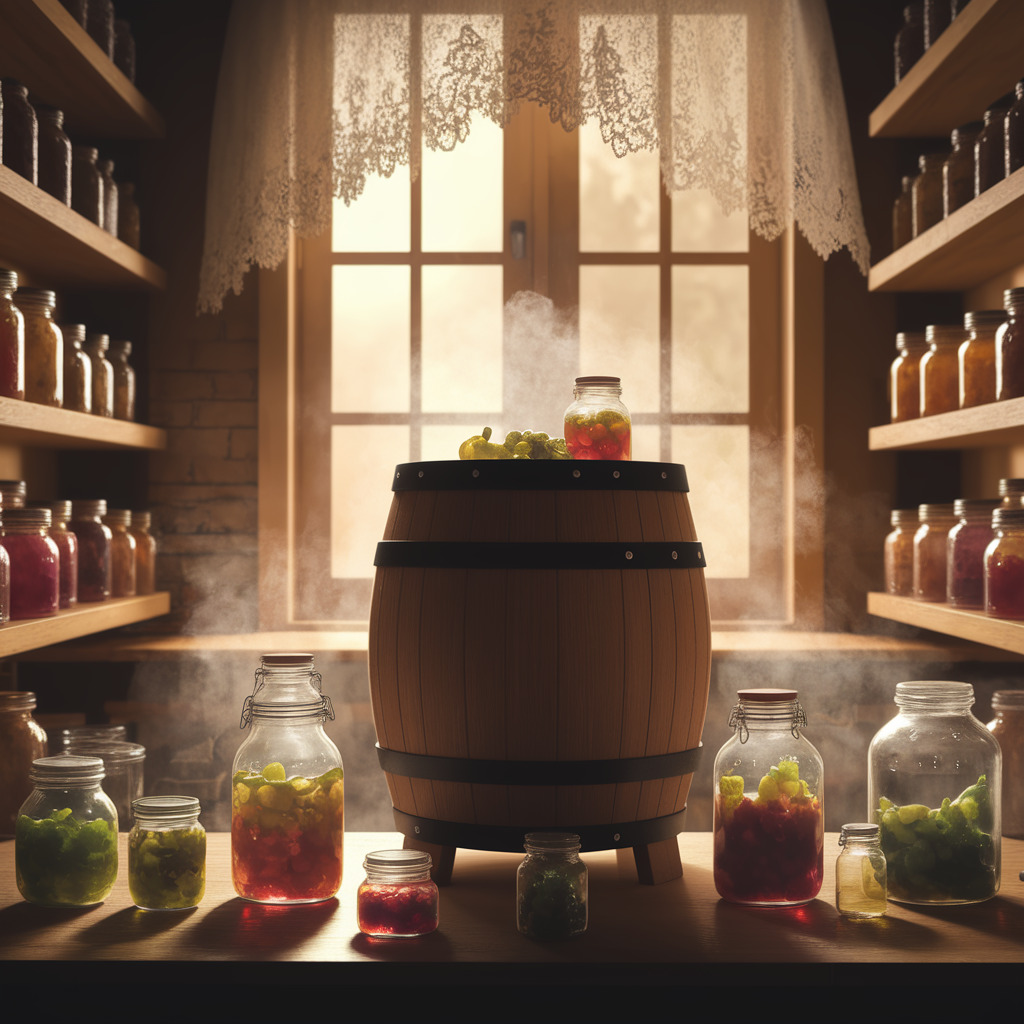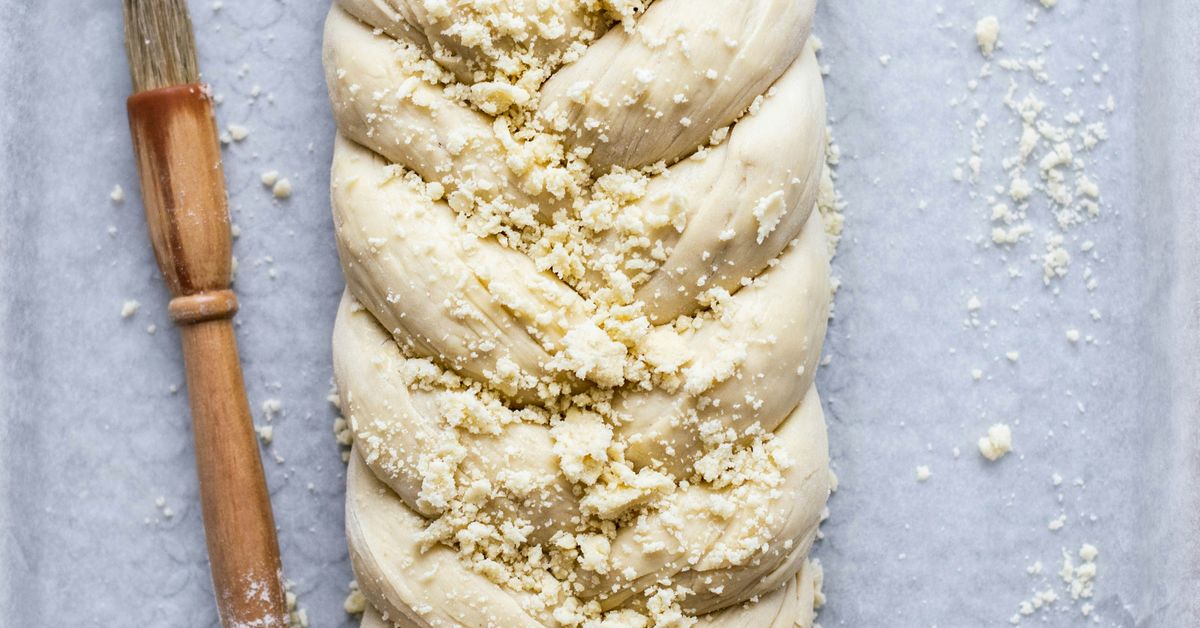Decoding the Science Behind Flavor Combinations
Have you ever found yourself biting into a dish and wondering how on earth the chef combined those flavors so effortlessly? Or perhaps you’ve attempted to replicate a beloved family recipe, only to find yourself staring at a plate of culinary confusion? Flavor combinations can seem like magic — an art form that dances on the palate. Yet, beneath this seemingly whimsical surface lies a complex science that can be dissected, understood, and even mastered.
The Basics of Flavor
To embark on this flavor journey, it’s essential to understand what flavor is. Flavor is not just taste; it’s a symphony of taste, aroma, and texture. According to food scientists, there are five primary tastes: sweet, sour, salty, bitter, and umami. Each of these tastes plays a unique role in how we perceive food. Sweetness often signals energy-rich foods, while bitterness can indicate toxicity. Fascinating, right?
Beyond the Basics: Aroma and Texture
But wait, there’s more! Aroma is where things get really interesting. In fact, research suggests that up to 80% of what we perceive as flavor comes from our sense of smell. Ever tried eating while holding your nose? It’s a rather bland experience, to say the least. Texture, too, contributes significantly — think of the satisfying crunch of a fresh apple versus the mushiness of overripe fruit. The interplay between these elements is what creates the overall flavor experience.
Why Do Some Combinations Work?
Throughout my culinary escapades, I’ve learned that successful flavor combinations often rely on a few fundamental principles. One of the most essential is balance. For instance, when you think of a classic dish like sweet and sour chicken, the sweetness of the sauce balances the tangy notes, creating a delightful harmony. This balance can be thought of in terms of intensity, where a strong flavor can be offset by a milder one.
Flavor Pairing: The Science
Flavor pairing is a fascinating area of study. The idea is that certain flavors share common compounds that make them compatible. For example, the chemical compound found in strawberries is also present in basil, which is why they pair so beautifully together. This concept is sometimes referred to as “flavor bridges.”
In fact, some culinary experts and scientists have jumped on this bandwagon, creating databases that map out flavor pairings based on these shared compounds. One such resource is the “Flavor Network,” which analyzes over 50,000 recipes to identify these magical combinations.
Textures and Temperature: The Unsung Heroes
As you delve deeper into the world of flavor, you can’t ignore the roles of texture and temperature. A dish that is solely soft might feel monotonous. Contrast is key! Think of a perfectly grilled steak served with a crispy potato skin — the textures play off each other, enhancing the overall experience.
Temperature also matters. The warmth of a freshly baked chocolate chip cookie can amplify its sweetness, while a cold scoop of ice cream introduces a refreshing element. It’s all about creating a sensory experience that excites the palate.
Cultural Influences on Flavor Pairing
Cultural backgrounds significantly influence flavor combinations. Take a moment to consider the diverse world of cuisine. In Thai cooking, you’ll often find the balance of sweet, salty, sour, and spicy all in one dish — a feat that can boggle the mind of the uninitiated. It struck me that food is more than sustenance; it’s a reflection of history, geography, and societal norms.
Global Flavor Profiles
Let’s take a mini-world tour of flavor profiles:
- Italian: Dominated by fresh herbs, tomatoes, and cheese, with a focus on simplicity.
- Mexican: Bold spices, fresh lime, and vibrant ingredients create a fiesta for the taste buds.
- Japanese: Subtle umami flavors from soy sauce, miso, and fish, emphasizing seasonal ingredients.
- Indian: A complex tapestry of spices like cumin, coriander, and turmeric that can evoke strong emotions (I mean, who doesn’t love a good curry?).
Each of these cuisines employs unique combinations that reflect its culture. For instance, the use of cilantro in Mexican dishes serves not just a flavor function, but a cultural one as well. This is where flavor meets identity — and it’s a beautiful thing.
The Role of Contrast
Ah, contrast! This is where culinary creativity truly shines. One of my favorite examples is the delightful pairing of salty and sweet. Consider a slice of watermelon sprinkled with feta cheese. It’s a dish that plays on the unexpected, sending your taste buds on an adventure. The saltiness cuts through the sweetness of the watermelon, creating a refreshing balance that’s hard to resist.
Sweet and Savory: A Match Made in Heaven
Another classic example is the pairing of chocolate with sea salt. The sweetness of chocolate invites the salt to the party, enhancing the overall flavor and creating a more complex experience. It’s a bit like inviting that one friend who can lighten up the mood — suddenly, everything’s more enjoyable.
Experimenting with Flavors at Home
Feeling inspired to experiment with flavors? Here are some tips to get started:
- Start Simple: Combine two familiar flavors before venturing into the unknown. For instance, try mixing apples with cheddar cheese — a classic combo!
- Embrace Seasonal Ingredients: Fresh produce often leads to the best flavor pairings. Visit your local farmer’s market and let the season dictate your combinations.
- Don’t Be Afraid to Fail: Not every experiment will yield a winning dish. In fact, some of the best ideas come from culinary disasters (I still shudder at my attempt at avocado brownies!).
The Future of Flavor Combinations
As we move forward, the exploration of flavor combinations is likely to become even more exciting. Advances in food science and technology are paving the way for new flavors and experiences. We’re already seeing innovative products like flavor-enhancing sprays and gels that can alter the perception of taste. It’s a brave new world for food enthusiasts, and I can hardly keep up!
Flavor Chemistry: A Peek into the Lab
Food scientists are conducting research to understand how specific compounds interact with our taste buds and olfactory receptors. This scientific approach is leading to the creation of unique flavor profiles that were previously unimaginable. Imagine a dish that changes flavor as you eat it — now that’s some next-level dining!
Conclusion: The Art and Science of Flavor
Flavor combinations are a beautiful blend of art and science. They tell stories of culture, innovation, and creativity. As you explore the world of flavors, remember that it’s not just about what tastes good; it’s about the experiences and memories that food creates. So, the next time you sit down to a meal, take a moment to appreciate the complexity of flavors on your plate. Who knows? You might just discover a new favorite combination — or even a masterpiece of your own creation!
As I wrap up this culinary exploration, I can’t help but feel a little hungry. Maybe it’s time to whip up something delicious — perhaps a sweet-and-salty treat, or maybe I’ll channel my inner chef and experiment with that peculiar combination of chocolate and chili. Whatever the outcome, one thing’s for sure: the world of flavors is vast and waiting to be explored!




